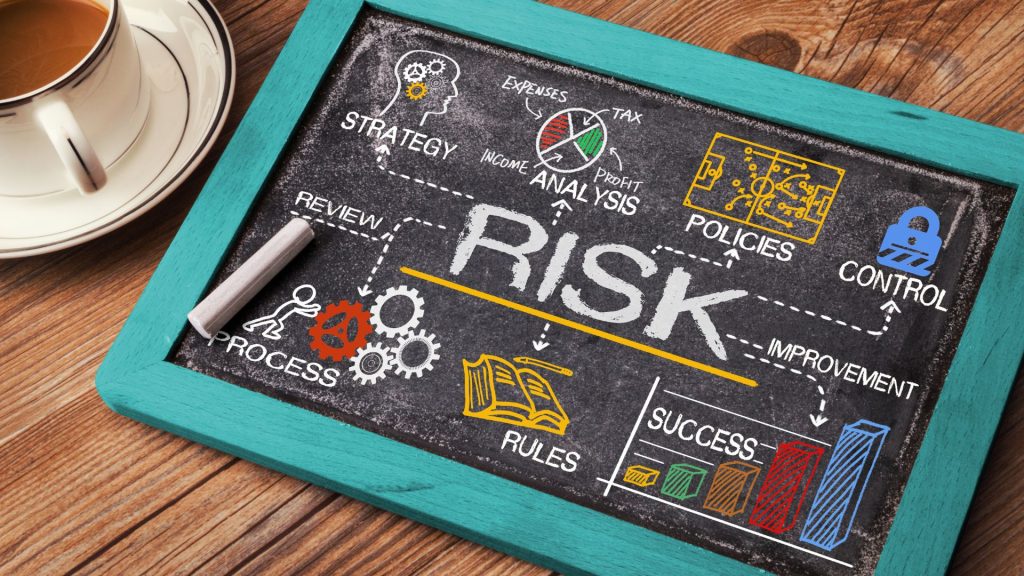AML/CTF risks are a serious concern for organizations, and they must take appropriate measures to identify and mitigate these risks to ensure compliance with regulations and to protect their reputations.
AML (Anti-Money Laundering) and CTF (Counter-Terrorist Financing) risks are serious concerns for organizations, particularly those in the financial sector. Money laundering and terrorist financing risks are the risks that arise due to the possible onboarding of criminals, including money launderers or terrorists. Criminals find different ways to get into the financial system and inject their illegal money into it for further movement or generation of wealth.
Banks face ML/TF risks, money service businesses, payment gateways, remittance companies, investment houses, brokerage companies, real estate companies, and other similar entities. ML/TF risks are the category of overall compliance risks that an organization face, and therefore they require appropriate assessment and mitigation plan.
Understanding AML/CTF Risks Faced by Organizations
The compliance team is usually responsible for the following:
Performing the ML/TF risk assessment considering the types of customers, products, and services that the entity offers
Jurisdictions in which the entity operates
The number and types of high-risk category customers onboarded
New compliance rules and regulations announced
Record or the trend of ML/TF incidents
Issues identified by the regulatory authorities during the AML/CTF audits
Issues identified by the auditors in implementing the entity’s AML program, etc.
High-risk category products and customers result in the possibility of the occurrence of significant ML/TF risks, which lead to financial and reputational losses. High-risk category customers include politically exposed persons or PEPs, customers belonging to high-risk jurisdictions, etc.
All these factors are important in understanding the entity’s ML/TF risks. These risks are to be considered by the compliance risk assessment team during the performance of the AML/CTF risk assessment. All identified ML/TF risks must be mapped with appropriate and relevant AML/CTF controls designed and implemented in the entity, and the weak controls should be identified. Gaps in the processes and weak AML/CTF controls should be addressed on a priority basis to ensure that ML/TF risks do not occur.
Final Thoughts
AML/CTF are regulatory measures designed to prevent financial crimes such as money laundering and terrorist financing. Organizations in the financial sector, including banks, insurance companies, and money service businesses, are required to comply with AML/CTF regulations to ensure that they do not facilitate these crimes.
To mitigate these risks, organizations must implement effective AML/CTF compliance programs, which include policies, procedures, and systems designed to prevent money laundering and terrorist financing. These programs should be regularly reviewed and updated to ensure that they remain effective in the face of evolving threats and changing regulatory requirements.




